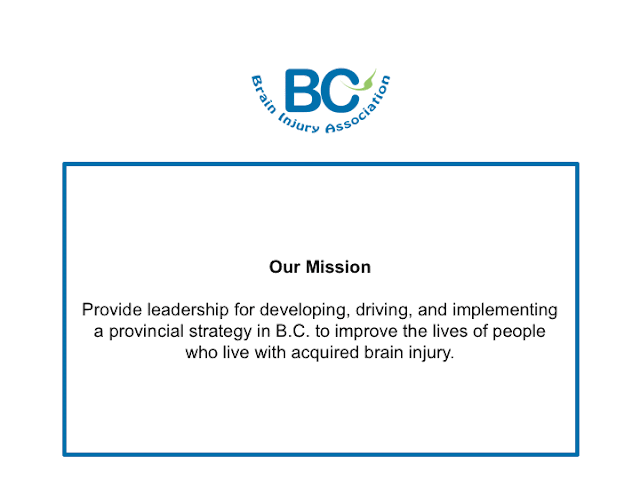On the topic of localization
Source: http://www.gala-global.org/why-localize
Localization Blunder #1
Pepsi's "Come Alive with the Pepsi Generation" was translated into "Pepsi Brings Your Ancestors Back From the Grave" in Chinese
Localization Blunder #2
A sign posted in Germany's Black Forest: It is strictly forbidden on our black forest camping site that people of different sex, for instance, men and women, live together in one tent unless they are married with each other for that purpose.
Localization Blunder #3
Sign in a Moscow hotel: Ladies requested not to have children in the bar.
**************
Why Localize?
Localization, or L10N, is the process of adapting a product or content to a specific locale. Translation is one of several services that form the localization process. So in addition to translation, the localization process may also include adapting graphics to the target markets, modifying content layout to fit the translated text, converting to local currencies, using of proper formats for dates, addresses, and phone numbers, addressing local regulations and more. The goal is to provide a product with the look and feel of having been created for the target mark to eliminate or minimize local sensitivities.
There are many statistics that effectively illustrate the need to localize content for each target market. For example:
* It would take 83 languages to reach 80 percent of all the people in the world, and over 7,000 languages to reach everyone. (Common Sense Advisory, Evolution and Revolution in Translation Management, 2008)
* 56.2 percent of consumers say that the ability to obtain information in their own language is more important than price. – (Common Sense Advisory, Can't Read, Won't Buy: Why Language Matters on Global Websites, 2006)
* 74 percent of multinational enterprises believe it is either important or most important to achieve increased revenues from global operations. (California State University at Chico, 2007)
* 65 percent of multinational enterprises believe localization is either important or very important for achieving higher company revenues. (California State University at Chico, 2007)
* 71 percent of North American executives expect revenues from foreign operations, sales and/or imports to increase. (Chubb, 2008, Multinational Risk Survey)
* A critical success factor for cross boarder merger and acquisition deals is the ability to communicate information clearly and accurately in multiple languages. (Merrill Corporation, How to do Better Multinational M&A Deals, 2008)
* 95 percent of Chinese online consumers indicate greater comfort level with websites in their language; only one percent of US-based online retailers offer sites specific to China. (Forrester Research, Translation and Localization of Retail Web Sites, 2009)
Localization Tips
* Ensure high quality source content with messages that can be adapted for international markets. Avoid messages that are word-crafted purely for the originating market, especially using slang and colloquialisms. Writing simple, active-voice sentences works best.
* Leave your preconceptions at the door. It is easy to subconsciously assume that your own local market characteristics apply globally.
* Ensure that design concept is fully internationalized. Whether content is displayed in software UI, on a Web site, or in manuals, the product design needs to make allowances for the target market requirements. Displaying characters extended characters and double-byte languages, allowing room for text expansion, and insurance locale-specific functionality are all part of the design.
* Once you begin the localization process, avoid making changes to the source product. Changes to either the design or content bring the localization process to a halt while the change is assessed and the corrections rippled through the content. Remember that one change in the English can mean many, many changes to cover all the target locales.
* Integrate content development with localization. Consistency is achieved when localization is integrated across the many processes occurring when going global.
* Consider localization as the guest of honor rather than the poor relation. Remember if you are releasing product in 34 languages the English represents a small proportion of the overall cost and doesn't win you new global market share.


Comments
Post a Comment